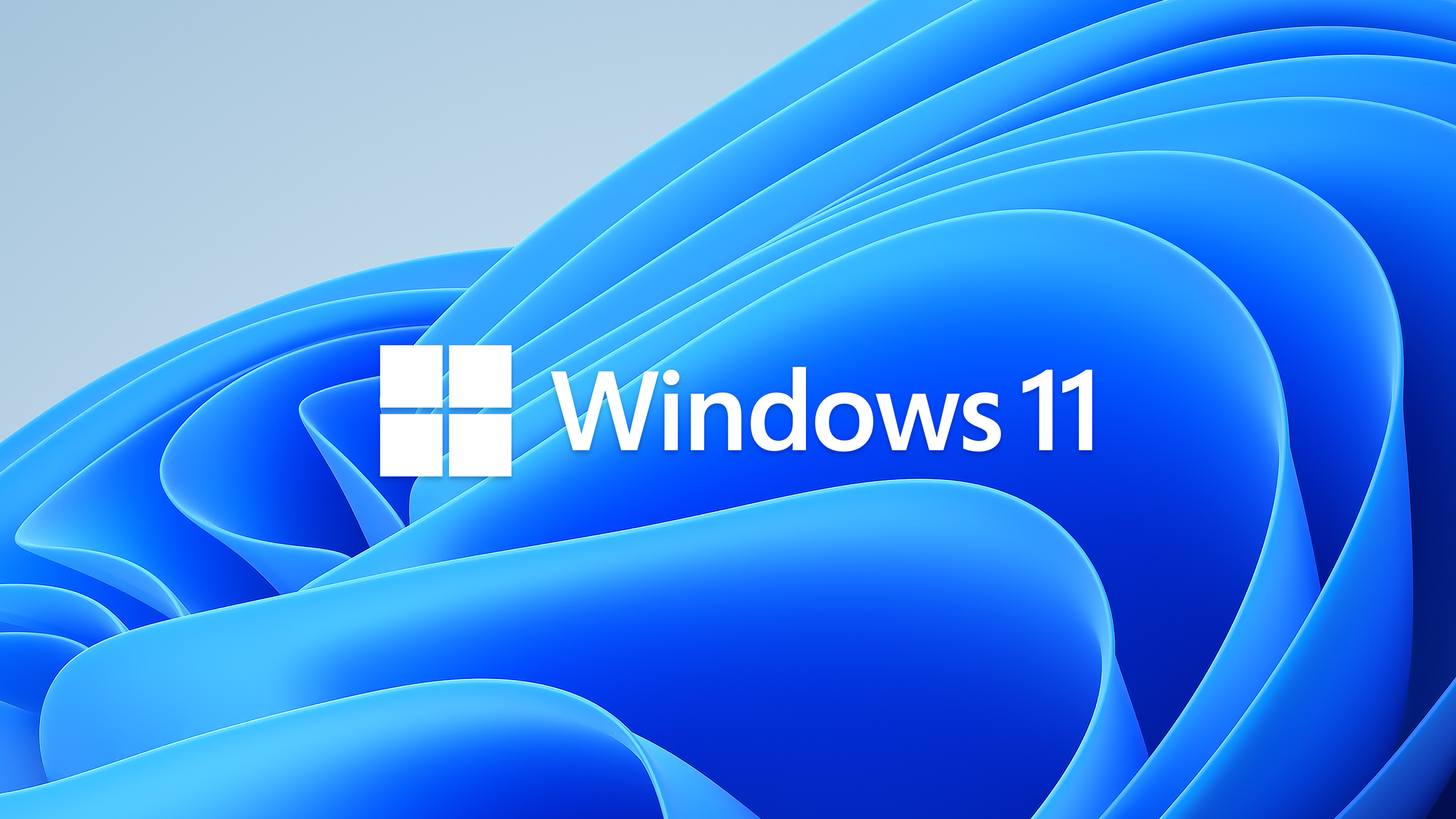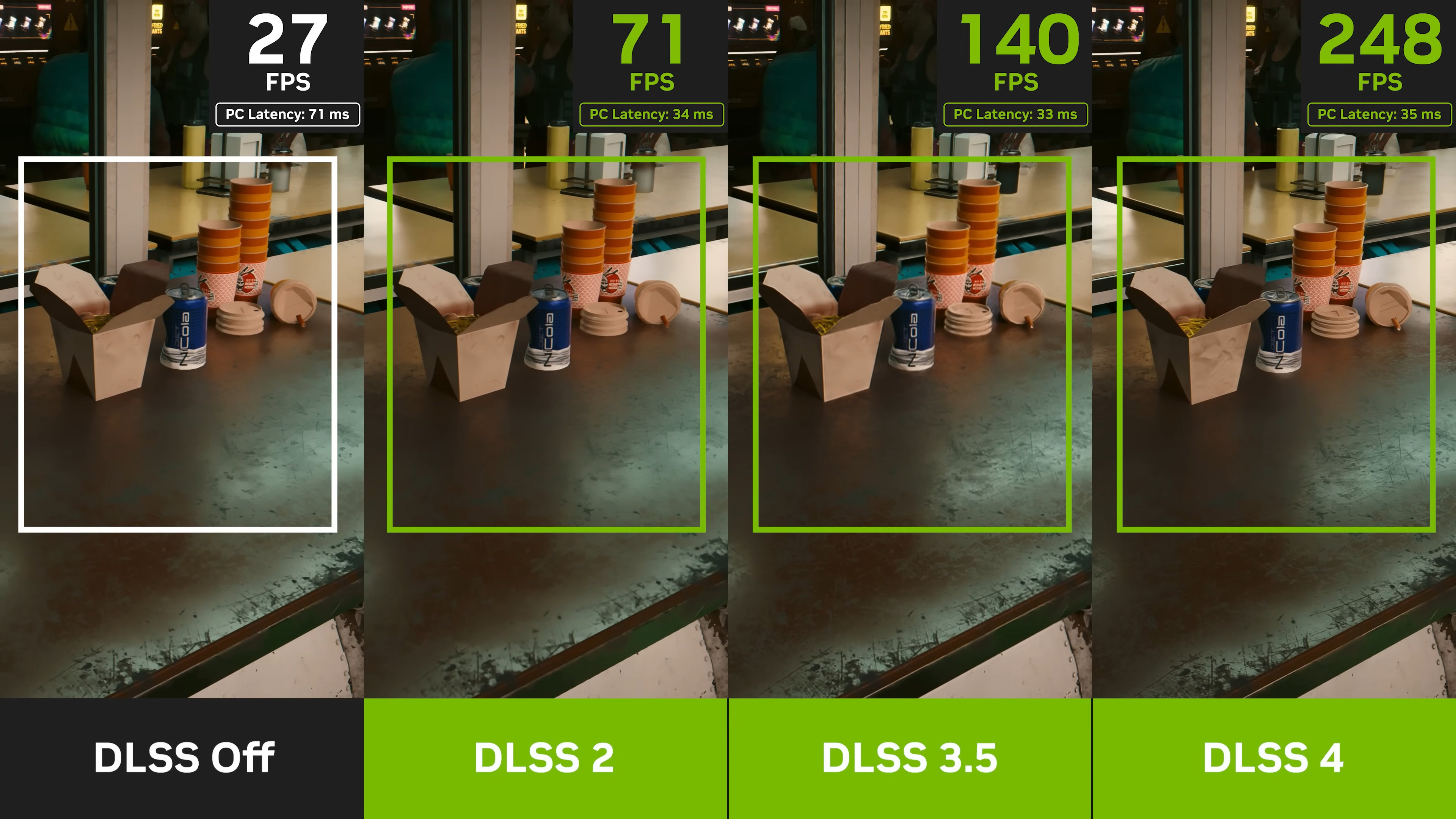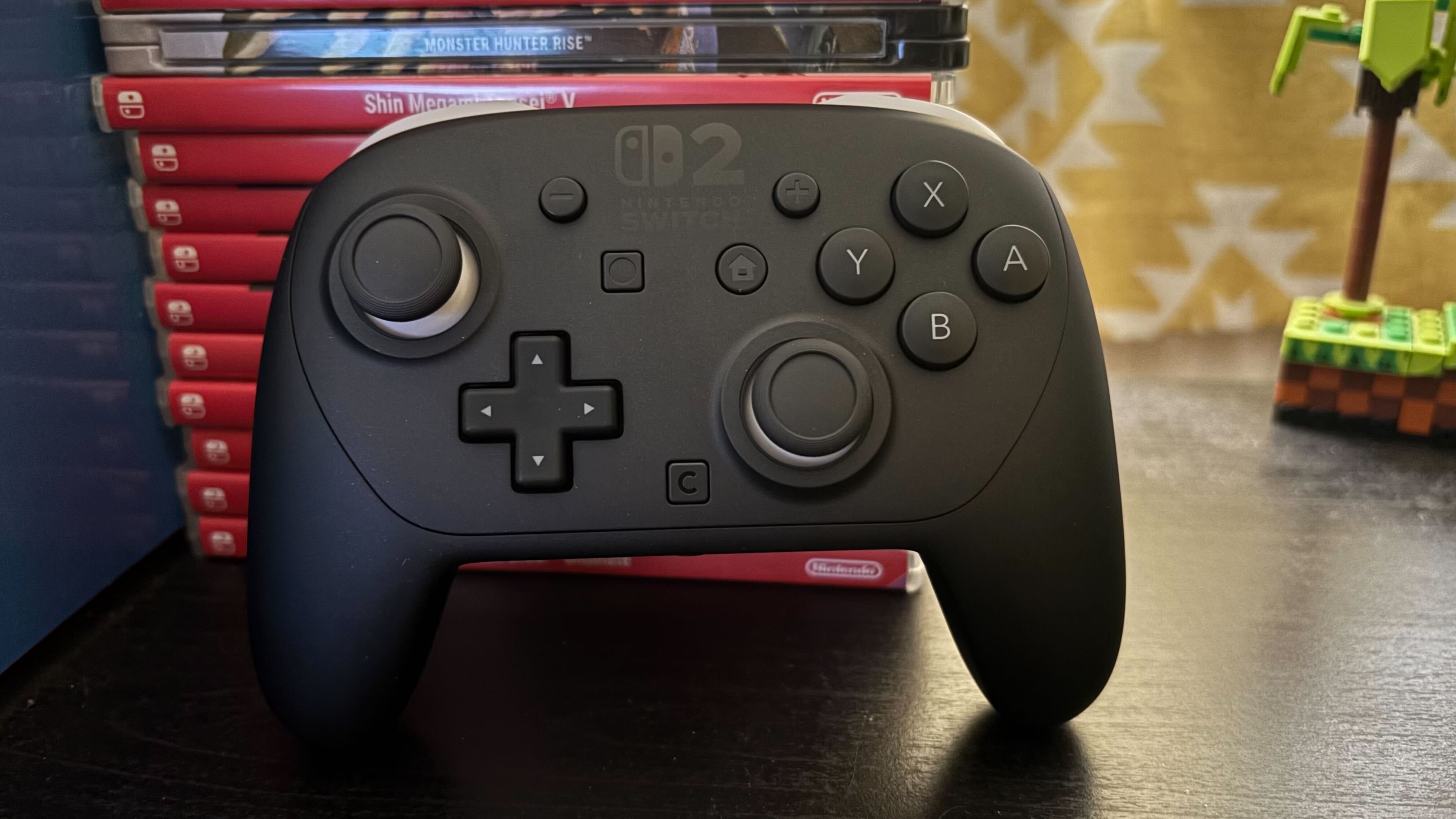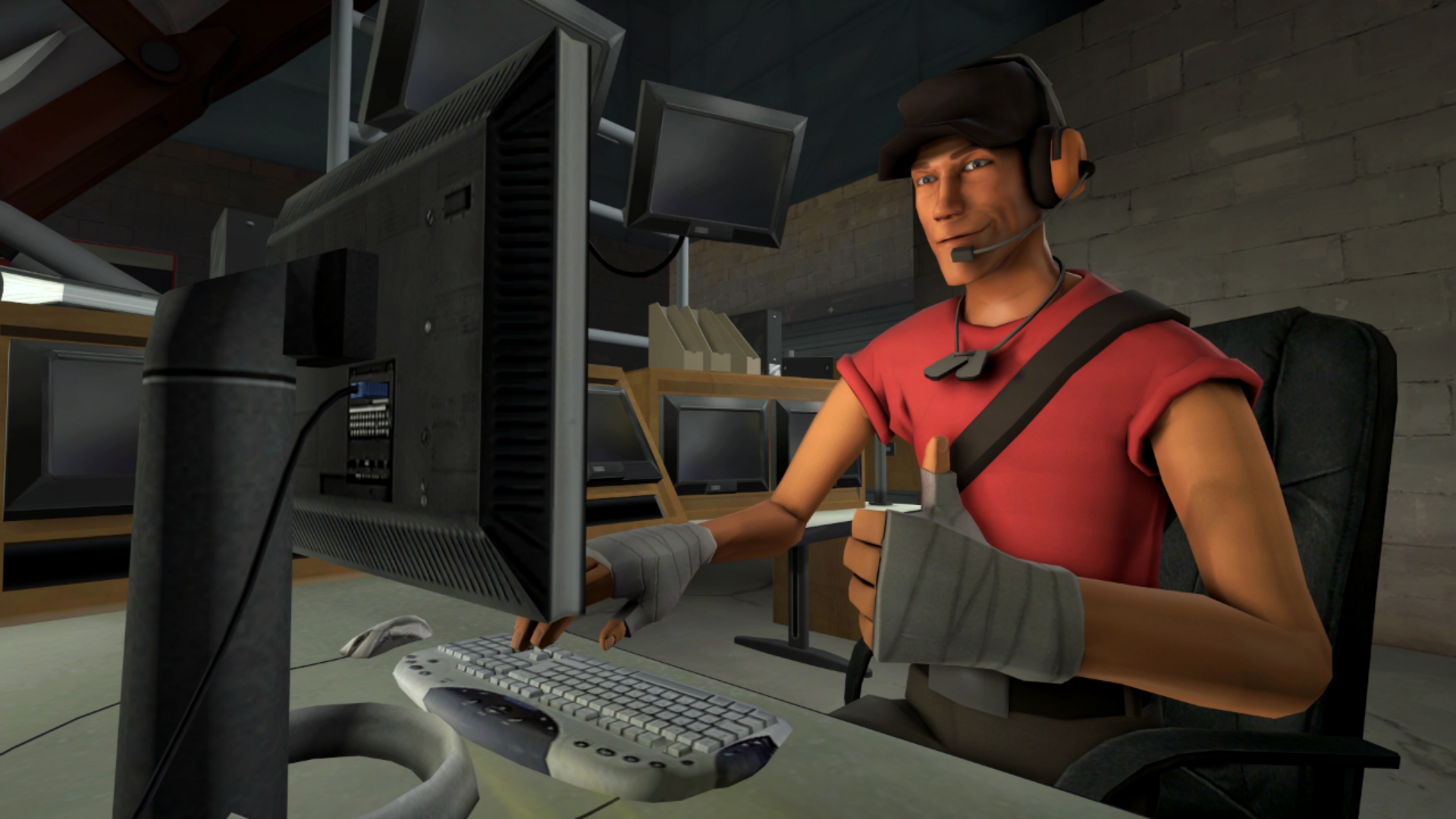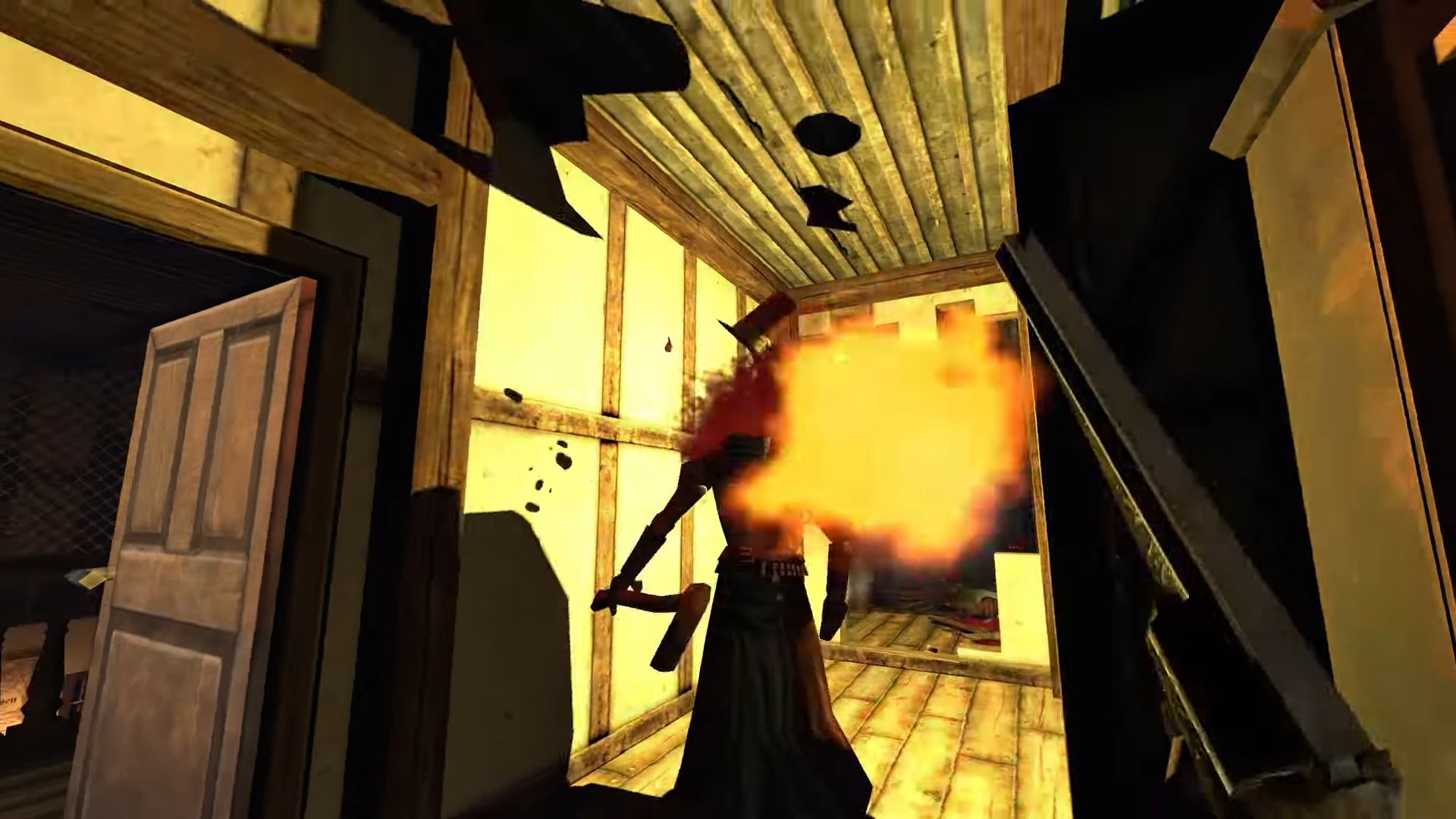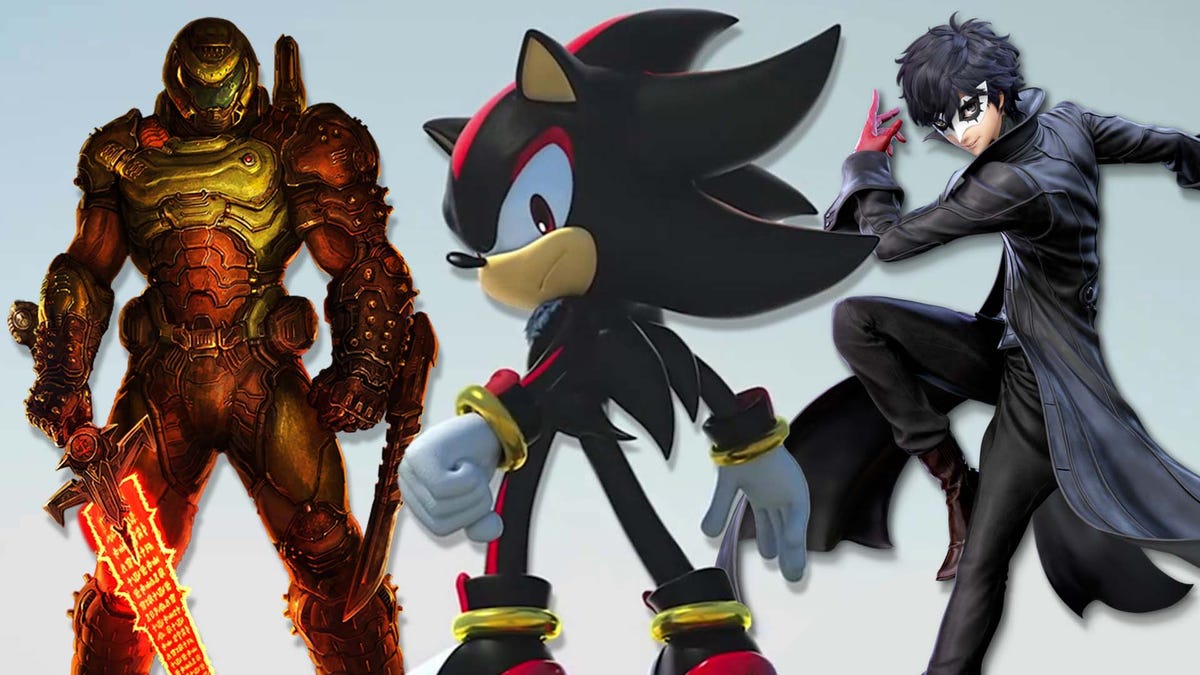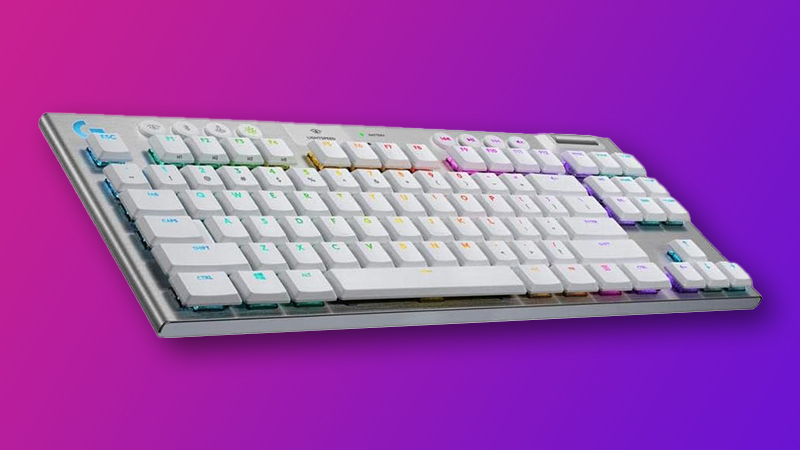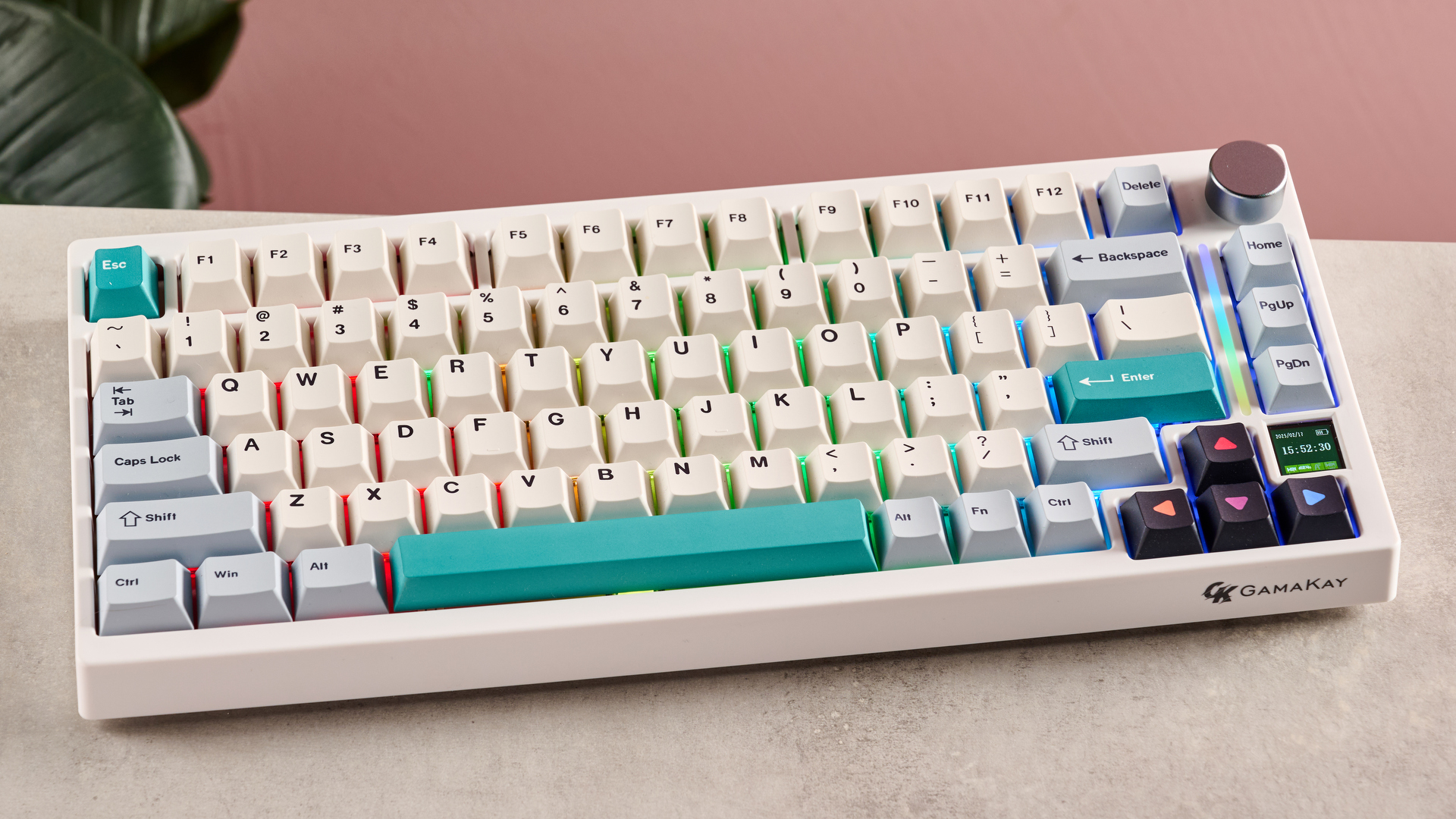The 10 Best Indie Soulslikes
The best indie soulslike games created by smaller and independent developers, from 2D pixelart boss rushes to epic 3D journeys.


Recently, Soulsborne fans throughout the world were surprised to learn that FromSoftware’s next big project, The Duskbloods – an online multiplayer game with a quasi-Victorian aesthetic that might be the closest we ever get to Bloodborne 2 – will be locked behind the Nintendo Switch 2’s $449.99 price tag.
While the disappointment experienced by undead, hunters, and tarnished alike is understandable, they need not fall prey to the abyss. Ever since the original Dark Souls put FromSoftware on the map in 2011, developers of all shapes and sizes have tried their hand at either replicating or reinventing the company’s compelling, elusive formula. And while many have failed, more than a couple succeeded.
Chances are you’re already familiar with a few of the big ones, like Nioh, Lies of P, and Black Myth: Wukong. But some of the most effective and inventive soulslike games have been made by small indie teams who don’t have the money or manpower to rival their AAA competitors in scale or scope. Instead, they had to get creative, and it’s through this creativity that they manage to scratch the same itch Hidetaka Miyazaki’s team has been scrubbing for the better part of its existence.
And that brings us to this list. In no specific order, here are the ten best indie soulslikes you can play today, no Switch 2 required.
Eldest Souls

There are many components to the Soulsborne formula, including – but by no means limited to – exploration, skill-based combat, cryptic lore, environmental storytelling, and big, bombastic boss battles. Being a boss-rush gauntlet, Eldest Souls specializes in the latter.
Putting players in the shoes of a lone warrior making their way through a sprawling, Bloodborne-esque citadel while battling the creatively-designed monsters lurking within, Eldest Souls delivers on something few 2D games have: a dynamic combat system where fights don’t feel like you’re just pressing the right button at the right time, even if – at the end of the day – that is mostly what you’re doing.
Blasphemous

Speaking of Bloodborne-esque citadels, those of us who felt right at home wandering around the winding spires and sprawling apses of Yharnam’s Healing Church are bound to fall in love with the world of Blasphemous, a 2D metroidvania in which a masked crusader uncovers the eldritch horrors hiding behind his own, Roman Catholicism-inspired order.
While the Healing Church takes inspiration from the late-medieval Gothic churches of Northern Europe, Blasphemous – set in the land of Cvstodia – evokes the religious art and culture of Renaissance Italy and Inquisition-era Spain. Its mesmerizing character and boss designs, which carried over into 2023’s Blasphemous 2 and its Mea Culpa DLC, are second only to FromSoftware in their ability to capture the disturbing qualities of centuries-old Christian iconography.
Tunic

One of the surest ways to create an effective soulslike is to take inspiration not from FromSoftware, but FromSoftware’s own inspirations. Like Miyazaki himself, the creators of Tunic – a 3D isometric action-adventure game – are big fans of the original Zelda games, specifically the way those games evoke feelings of curiosity and wonder.
Don’t let the game’s protagonist – a cartoonishly cute, anthropomorphic fox with a straight sword – fool you: Tunic closely resembles FromSoftware’s output in terms of its interconnected, deliberately obtuse level design. There are no objective markers to point the way forward, and all in-game dialogue is delivered in indecipherable script. As with the Dark Souls trilogy and Elden Ring, it’s clear that something bad happened to the world of Tunic. But what?
Tails of Iron

To describe Tails of Iron and its sequel, Tails of Iron 2: Whiskers of Winter, as “cutesy” would be only partly true. Sure, both action RPGs have a charming picture book aesthetic and feature tiny mouse knights that speak in high-pitched gibberish, but they are also filled with blood, gore, and stories of death and betrayal ripped straight out of Game of Thrones or The Witcher. (Coincidentally, they’re narrated by none other than Geralt of Rivia voice actor Doug Cockle).
While both games definitely have more in common with George RR Martin’s flavor of fantasy than FromSoftware’s – what with their explicit storytelling and densely-populated worlds – they still resemble the likes of Dark Souls and Elden Ring insofar as their carefully crafted environments, which ooze character and atmosphere.
Mortal Shell

One of the better known and most visually arresting soulslikes to have emerged in recent years, Mortal Shell ditches FromSoftware’s near infinite customization and leveling options in favor of a mechanic which lets you take over the bodies (shells) of characters with preset builds, allowing you to approach bosses using a variety of playstyles.
Aside from its stellar enemy design (the final boss in particular gives Bloodborne’s Lovecraftian Great Ones a run for their money), Mortal Shell delivers combat that’s both challenging and epic – a delicate balance which FromSoftware itself arguably didn’t achieve until Bloodborne’s fast-paced combat carried over into Dark Souls 3 and subsequent titles.
Sinner: Sacrifice for Redemption

Another surefire way to create a compelling soulslike is to introduce an interesting gameplay gimmick that turns FromSoftware’s progression curve onto its head. Sinner: Sacrifice for Redemption does just that by forcing the player to level down instead of up, making each fight more difficult than the last.
This mechanic works wonders for replayability. Instead of adding a perk to their arsenal, players have to decide which ability they can live without before heading into the next boss battle. Because you can pick the order in which you fight the bosses – each modeled after one of the Seven Deadly Sins – you have to familiarize yourself with their strengths and weaknesses to coordinate a successful run.
Nine Sols

Where other games on this list take inspiration from the complete FromSoftware catalogue, Nine Sols – a 2D action platformer that elegantly blends elements of cyberpunk with East Asian mythology and spirituality – takes after one game in particular: Sekiro: Shadows Die Twice.
As with Sekiro, combat in Nine Sols is more defensive than offensive, emphasizing dodging, blocking, and parrying. As a result, combat encounters don’t boil down to brute force or clever positioning. Instead, you have to carefully watch each enemy’s movements, tapping into a satisfying rhythm of action and reaction.
Unsighted

An undervalued aspect of the Soulsborne formula is the relationship that you develop with the world’s characters. Much like The Legend of Zelda: Majora’s Mask, where NPCs anticipate the moment the evil moon destroys everything they’ve ever known, characters in FromSoftware’s games are victims of a terrible fate, be it Hollowing, the Beast Scourge, Dragonrot, or Scarlet Rot.
Unsighted, a metroidvania set in a world populated by automatons, turns this concept into both a narrative and gameplay mechanic. Every NPC, including merchants, has a limited power supply and is removed from the game when this supply runs out. As a result, you’re not only encouraged to play as quickly as possible – adding a welcome sense of urgency to the experience – but also plan out the order in which you progress.
Another Crab’s Treasure

One of the latest unlikely soulslikes to create a splash, Another Crab’s Treasure – a 3D action-adventure platformer where you play a SpongeBob-esque crustacean whose search for their disposed home (shell) morphs into a surprisingly morose quest to control the fate of the ocean itself – rests on yet another creative gameplay mechanic.
Unlike most games in the genre, you have only one primary weapon. Instead, it’s your defensive shell you’ll have to customize. Courtesy of environmental pollution, the ocean floor is littered with wearable human garbage – from bottle caps to shot glasses. Each shell has a unique attack and limited durability, forcing you to adopt different playstyles as you scurry along your underwater journey.
Exanima

Occasionally described as the love child of Dark Souls and Getting Over It, Exanima is a physics-based survival game in which – you guessed it – the player explores dark, demon-infested dungeons. Although it’s still in development (and has been for over a decade, with very long stretches between updates), the early access version has as much entertainment value as a fully-finished game. There are people who have been enthusiastically playing it for years.
Exanima channels FromSoftware’s work insofar as its intentionally finnicky, extremely sensitive controls turn every enemy encounter into a suspenseful – and therefore riveting – ordeal. Swaying your weapons with the same degree of incoordination as the Getting Over It guy’s shovel, part of you can’t help but be reminded of your first outings in Lordran or Drangleic, feeling comically unequipped to deal with the challenges at hand.
Those are our 10 picks for the best indie soulslikes. But there are many more out there worth your time, including Death's Door, Loot River, Featherfall, and Dark Devotion. Did we include your favorite? Let us know if we missed a great one down in the comments. And for more challenging encounters, be sure to check out our list of the best soulslikes (non indie edition!)
Tim Brinkhof is a freelance writer specializing in art and history. After studying journalism at NYU, he has gone on to write for Vox, Vulture, Slate, Polygon, GQ, Esquire and more.
